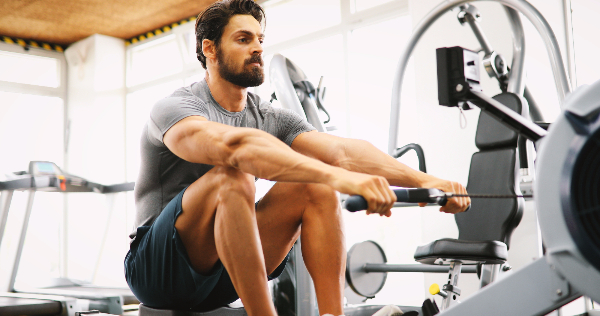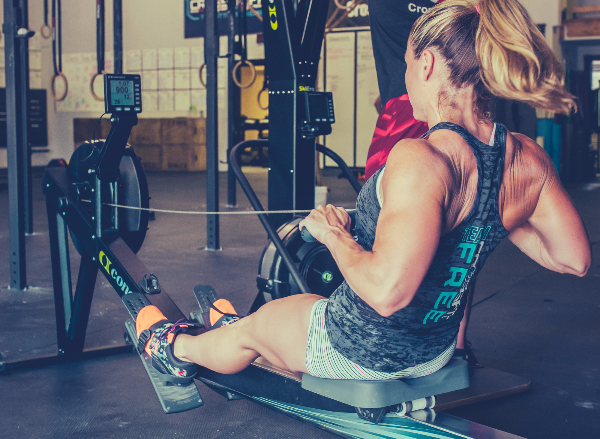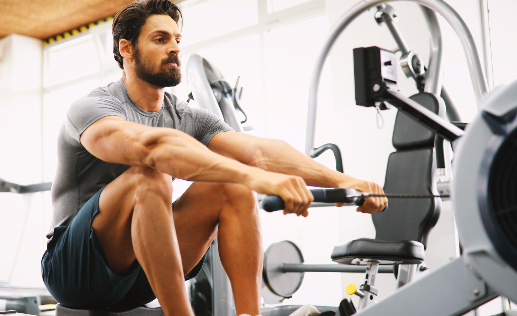- Track your orders
- Save your details for express checkout
Blog
Understanding Rowing Technique: Catch, Drive and Finish
One of the best things about rowing is that it involves teaching your body a new movement. In utilizing multiple muscle groups in a single stroke, rowing is a diverse form of exercise, making it the ultimate all - in -one workout. To help you make sense of the technical aspects and get the most out of your rowing workout, we have broken down the active phase of the stroke- the catch, drive, and finish; so you can focus in on good technique and achieve maximum efficiency and speed!
The Catch
Rowers on the water refer to the process of the oar entering the water, and the initial pressure taken on the established blade as ‘the catch’. The catch of the stroke on the water is crucially important, it must occur with the least disruption to the boats established running speed, so that the exertion on the blade can increase the overall boat speed in the most efficient way possible. While we do not have quite the same factors at play on the indoor rower, it can be helpful to imagine the spinning flywheel is like the boat, and that in taking a stroke we want to add to its speed, and not disrupt it. In order to achieve this efficiency on the indoor rower, it is important to keep the hands moving at the catch, so that the end of the recovery, the catch, and the first stage of the drive are one connected movement. If done correctly, the initial pressure on the catch should feel light and quick- not heavy. When the catch feels heavy, this can be a sign that the flywheel has been allowed to slow too much, or the catch has been taken too slowly. A good catch is also important on the indoor rower as it helps to set up the stroke patterning for the rest of the drive. At the catch the arms should stay loose and relaxed, with the pressure of the initial drive connected from the handle to the feet through the lats, lower back, glutes and quads.

Tip: At the catch, think about keeping your neck tall and your shoulders down, ensuring the resistance is met through your legs and core, and not taken up into the shoulders.
The Drive
You may have heard the rowing stroke described as a sequence in the order of ‘legs, body, arms’. In these terms, the drive would involve the entire leg portion of the sequence as well as the transfer of resistance from the legs to the body. The drive is the most dynamic portion of the stroke, with the legs accelerating through to the finish, as the moving flywheel increases in speed. It is important during the drive that the legs are applied against the resistance of the flywheel, and that the back, arms and shoulders only work to ensure the pressure remains on the legs. Using the back and arms too early can interrupt the leg drive and minimise the benefits of recruiting the glutes and quads, as well as ending the stroke prematurely. When achieved correctly, the body should only take over on the drive once the legs have reached approximately 80% of extension, completing the highest resistance portion of the drive. The transfer of resistance from the legs to the body happens seamlessly, with the body simply continuing the momentum created by the legs.Did you know: By allowing the legs to work the highest resistance portion of the drive, less pressure is placed on the smaller back muscles, reducing the chance of stiffness or injury in the lower back.
The Finish
Now that the legs have taken care of the first 80% of the drive, all that is left is to finish off with the body and arms. This phase of the stroke is aptly referred too as the ‘finish’ and it represents the culmination of the resistance phase of the stroke, before rolling into the recovery. The aim of transferring the resistance from the legs, to the body, and finaly to the arms; is to keep the flywheel moving for as long, and as quickly as possible. In order to do this effectively, the body should pass resistance on to the arms before reaching full extension (just as the legs reached 80% extension before transferring the resistance to the body). At the finish of the stroke, the angle of the body/legs at the hip should be approximately 100 degrees, with the core holding strong while the arms draw the handle through to the chest.
Tip: Remember, the hard work on the drive has already been done by the legs. In the finishing phases, the body and arms are extending the length of stroke, by carrying on the momentum built by the legs. Keep your body and arms relaxed at the finish, and try to keep the chain smooth (not bouncy) as your body and arms finish the stroke.


 Please wait
Please wait